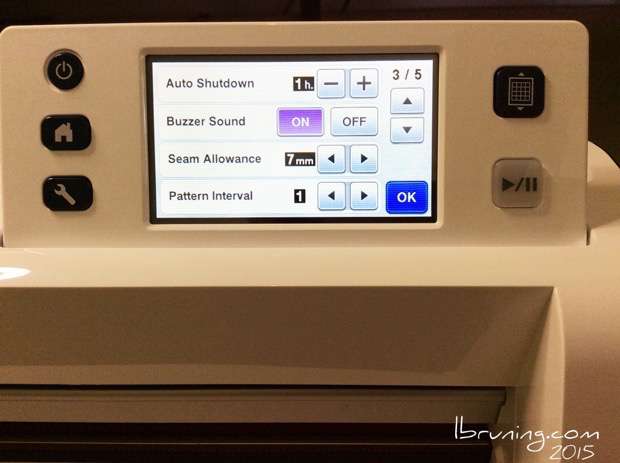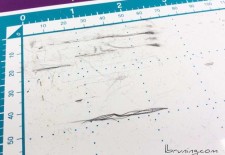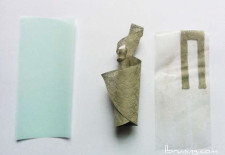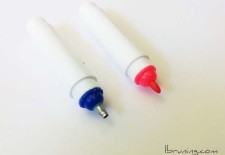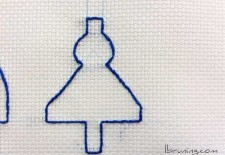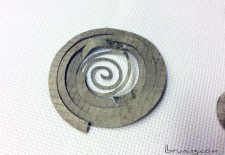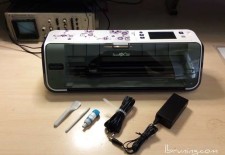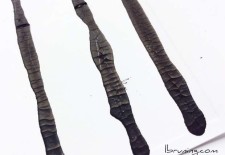Margins and Seam Allowances on the Brother ScanNCut
A menu item on the Brother ScanNCut is seam allowance. This setting creates a margin around the image being cut. This measurement is of particular importance when designing and cutting conductive fabrics. As you can see in the below image the pen draws the item to be cut as well as the margin around the item cut. […]
Read more ›
